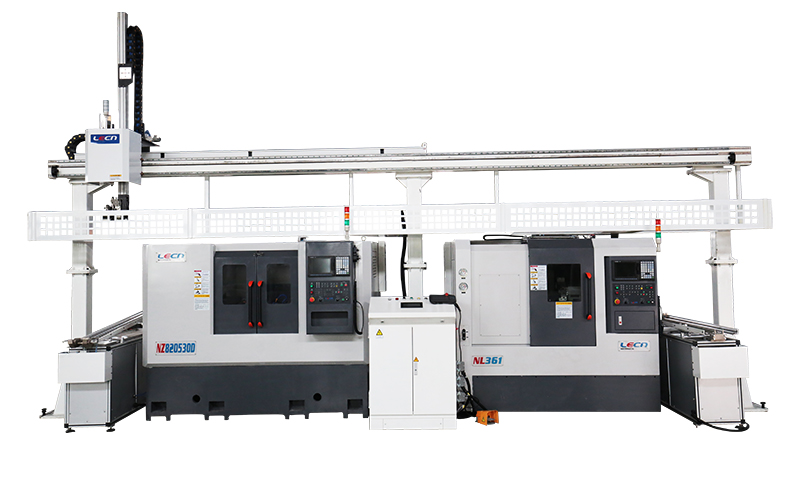What should aluminum profile processing factories consider when purchasing CNC machine tools?
When purchasing CNC machine tools, aluminum profile processing plants need to consider multiple factors to ensure that the purchased equipment can meet their specific processing needs, production efficiency and economic benefits. Based on the characteristics of aluminum profile processing, the following are some key considerations:

1. Processing technology requirements:
Processing accuracy: There are high requirements for accuracy in aluminum profile processing, especially for precision structural parts such as door and window frames and aerospace components. Therefore, it is crucial to choose CNC machine tools with high precision levels.
Cutting ability: Aluminum is relatively lightweight and easy to cut, but cutting speed and feed rate need to be considered to ensure that the power and rigidity of the machine tool spindle are sufficient to cope with the high-speed processing needs of various aluminum profiles.
Tool system: Tools suitable for efficient processing of aluminum alloy materials should be selected, and ensure that the machine tool is compatible with the corresponding tool holder and quick-change system.
2. Machine tool type:
Vertical/horizontal/gantry machining center: Choose the appropriate machine tool layout according to the shape and size of the workpiece. For example, the vertical machining center is suitable for multi-faceted processing of profiles, while the gantry machining center is suitable for efficient milling of large profiles.
Special machine tools: If you mainly process aluminum profiles of fixed specifications, you can consider customizing or purchasing special CNC machine tools dedicated to sawing, drilling, milling, stamping and other processes of aluminum profiles.
3. Stroke and load:
Workbench size: Ensure that the machine tool’s workbench size can accommodate the maximum length and width of the aluminum profile, as well as the installation of the clamping system.
Z-axis stroke: Determine the Z-axis stroke of the required machine tool based on the maximum processing depth.
4. Control system:
Control system brand and function: Choose a stable and reliable CNC system with a good user interface and rich programming functions to adapt to complex processing program writing and automated production needs.
5. Accessories and tools:
Tool magazine capacity and tool changing method: The rapid tool change system is very important to improve production efficiency and ensure that the tool magazine capacity can meet the tool replacement needs of different processes.
Cooling system: Since aluminum processing is prone to high temperatures, a good coolant supply system can help reduce tool wear and ensure workpiece quality.
6. After-sales service and technical support:
Supplier's technical service capabilities: including installation and commissioning, operation training, repair and maintenance services, and timely parts supply.
Equipment upgrade potential: Considering the possibility of future business expansion and technological advancement, whether the machine tool has enough room for software and hardware upgrades.
7. Economics and return on investment:
Equipment purchase cost: On the premise of meeting performance requirements, compare the prices of different manufacturers and evaluate the cost-effectiveness.
Operating costs and maintenance costs: Consider the impact of factors such as power consumption, spare parts prices, tool wear, etc. on the total cost of ownership.
Through the above comprehensive and detailed considerations, aluminum profile processing factories can more scientifically and rationally select the most suitable CNC machine tool equipment for their own production.

Comments
0